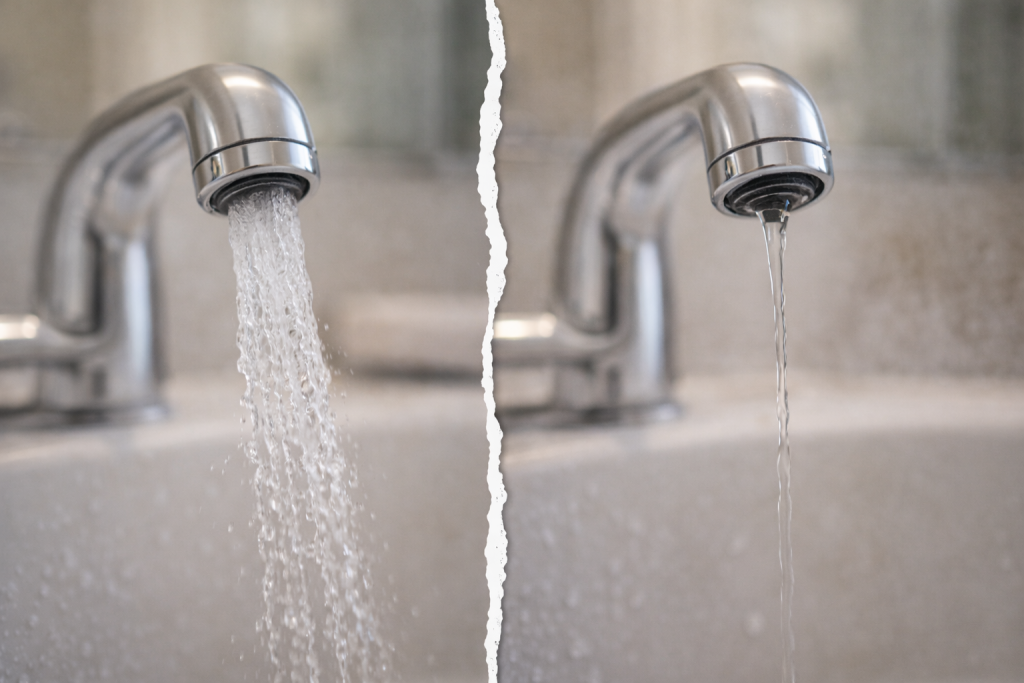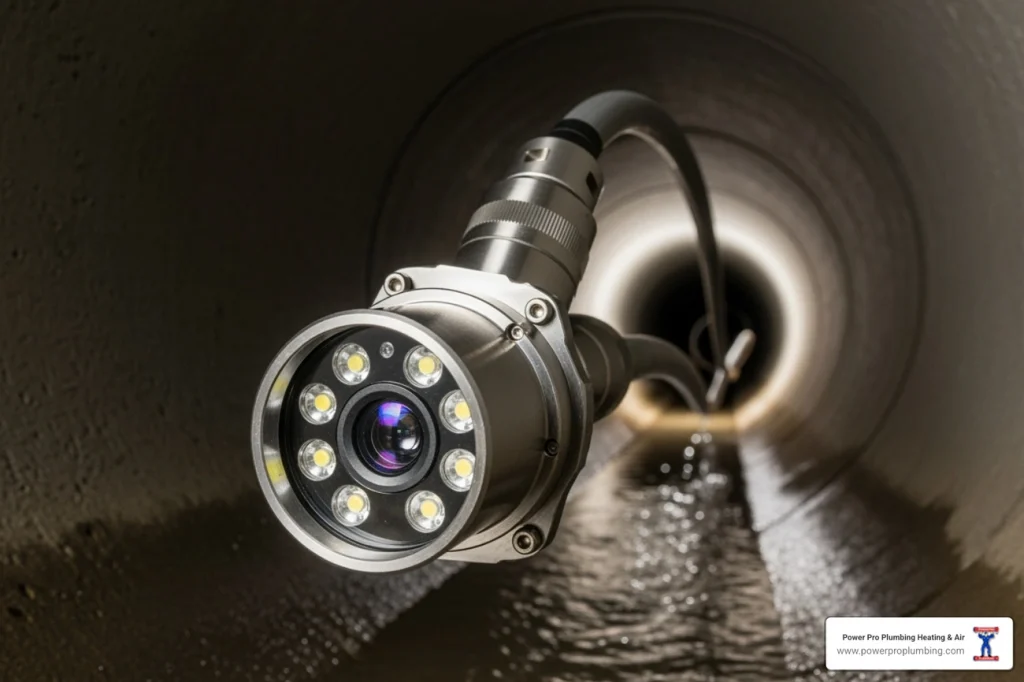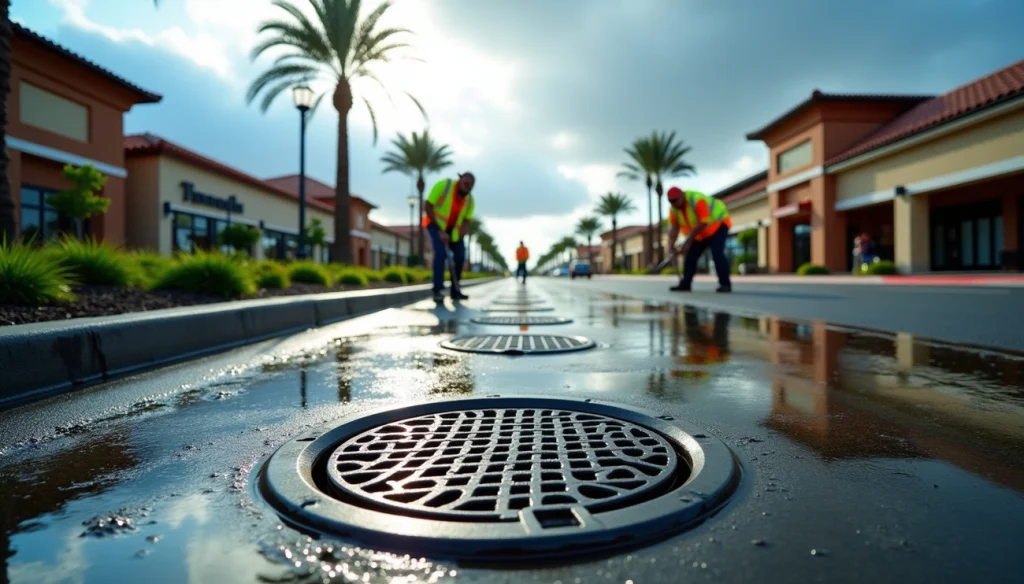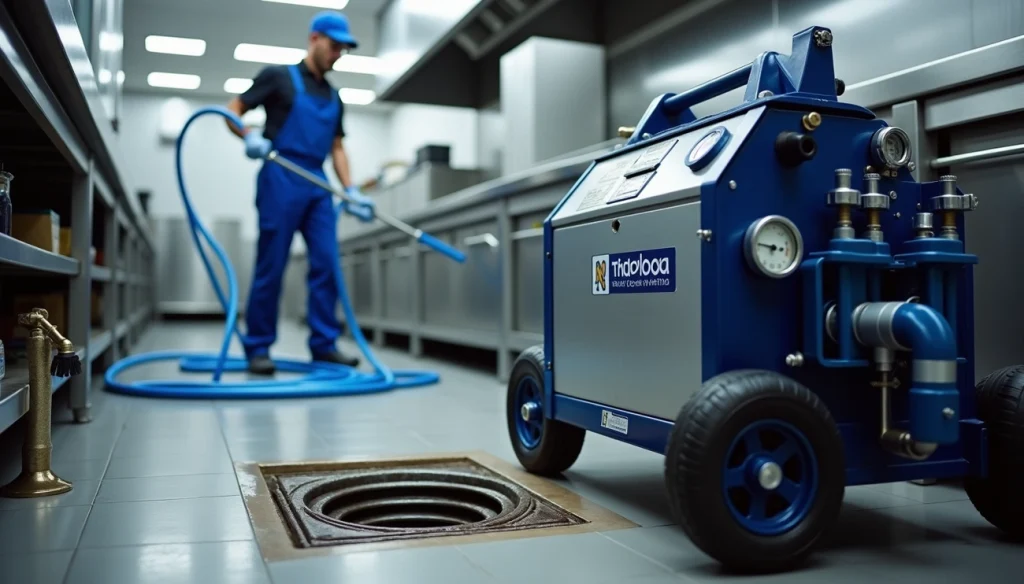Is your toilet constantly running? This common issue can be a real nuisance, wasting water and driving up your utility bills.
Fixing it promptly can save you money and prevent further problems. In this article, we’ll provide you with simple, effective solutions to stop that annoying running toilet. Let’s get started!
Turn Off the Water Supply
First things first, you need to turn off the water supply to your toilet to prevent more water waste. Look for a small knob near the bottom of your toilet, usually on the wall. Turn this knob clockwise until it stops. This will shut off the water flow, allowing you to work on the toilet without any mess.
Inspect the Flapper
The flapper is a crucial part of your toilet’s operation. It’s a rubber or silicone seal at the bottom of the tank that lifts to let water flow into the bowl when you flush. If the flapper isn’t sealing properly, water will continuously leak into the bowl, causing the toilet to run.
To check the flapper, remove the tank lid and press down on the flapper with your finger. If the running stops, the flapper is likely the culprit. Look for signs of wear, warping, or grime. If it’s dirty, clean it with warm water and vinegar. If it’s damaged, take note of how it’s attached, then buy a matching replacement and install it. This simple fix can often solve the problem quickly.
Check the Fill Valve
The fill valve controls the water flow into your toilet tank. When the tank fills up after a flush, the fill valve stops the water once it reaches a certain level. If the fill valve is dirty or faulty, it might cause the toilet to run continuously.
To check the fill valve, first, remove the tank lid. Look for any debris around the valve, which could be causing it to malfunction. You can clean it by flushing water through the valve. To do this, lift the float and remove the valve cap, then place a cup upside down over the valve and turn the water on briefly to flush out any dirt.
If cleaning doesn’t solve the problem, you might need to adjust the valve. Some fill valves have an adjustment screw; turn it to raise or lower the water level as needed. If the fill valve is still not working correctly, consider replacing it. Turn off the water supply, remove the old valve, and install a new one according to the manufacturer’s instructions.
Adjust the Float
The float in your toilet tank controls the water level. If the float is set too high, water will keep running into the overflow tube, causing the toilet to run constantly.
To adjust the float, first, identify what type of float your toilet has. Older toilets might have a float ball on a long arm, while newer models usually have a float cup that moves up and down with the water level.
For a float ball, simply bend the arm downward to lower the water level. For a float cup, find the adjustment screw or clip on the side of the fill valve and adjust it to set the float to the correct level. The water should be about an inch below the top of the overflow tube.
Examine the Overflow Tube
The overflow tube prevents the tank from overflowing by directing excess water into the toilet bowl. If the water level is too high, it will continuously drain into the overflow tube, causing the toilet to run.
To check the overflow tube, remove the tank lid and see if water is draining into the tube. If it is, the water level is set too high. Lower it by adjusting the float as described in the previous section. If adjusting the float doesn’t help, the overflow tube itself might be too short or damaged.
In this case, replacing the flush valve assembly, which includes the overflow tube, might be necessary. Turn off the water supply, drain the tank, and follow the manufacturer’s instructions to replace the flush valve assembly. This will ensure the water level stays below the top of the overflow tube, stopping the toilet from running.
Regular Maintenance Tips
Regular maintenance is key to keeping your toilet in top shape and preventing future issues. By inspecting and cleaning your toilet components regularly, you can catch problems early and avoid costly repairs. Make it a habit to check the flapper, fill valve, and float every few months. Ensure they’re clean and functioning properly. Use a mild cleaner to remove any grime or buildup that could affect performance.
Additionally, be mindful of what you flush only toilet paper and waste should go down the toilet to prevent clogs. A little regular care can go a long way in maintaining a smooth-running toilet.
When to Call a Professional
Sometimes, despite your best efforts, toilet issues can persist. If you’ve tried all the fixes and your toilet is still running constantly, it might be time to call in the pros. Signs that you need professional help include persistent running, unusual noises, or leaks that you can’t fix. Hiring a professional plumber ensures that the problem is diagnosed and resolved correctly.
They have the expertise and tools to handle complex issues safely and efficiently. At Western Rooter, our expert plumbers are ready to help with any plumbing problem. Contact us for reliable and professional toilet repair services.
Conclusion
Fixing a constantly running toilet is often simpler than it seems. By turning off the water supply, inspecting the flapper, checking the fill valve, adjusting the float, and examining the overflow tube, you can resolve most issues on your own. These straightforward steps can save you money and prevent further damage.
However, if the problem persists, don’t hesitate to call a professional. At Western Rooter, we’re here to provide top-quality plumbing repair and maintenance services. Contact us today for all your plumbing needs and enjoy a hassle-free bathroom experience!










